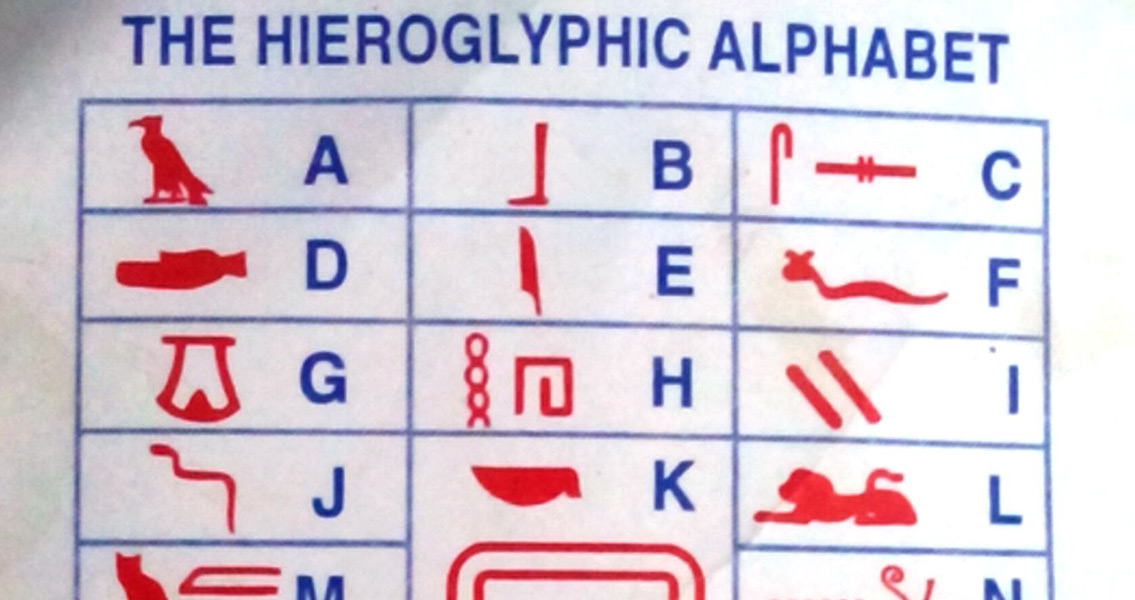<![CDATA[A flake of limestone was discovered near Luxor, Egypt more than 20 years ago, but it was only recently that the inscription found on it was determined to be an actual incomplete list of words written in alphabetic order sometime around the fifteenth century BCE, making it the oldest known alphabet school primer ever found. The limestone flake (known as an ostracon) was unearthed more than 20 years ago at Theban Tomb 99 (TT99), known to be the burial site of an Eighteenth Dynasty official named Senneferi. Nigel Strudwick, a British Egyptologist, found the ostracon during his excavation of the site. Senneferi acted as the Overseer of the Seal during the reign of Tuthmose III. TT99 is located in what was known as the Theban Necropolis, near what is now Luxor, Egypt. The abecedary (a list of instructional words in alphabetical order) is written in the cursive script called hieratic, which was used for approximately 3,000 years in ancient Egypt. It was a Dutch Egyptologist, Ben Haring, who recently deciphered the obscure text while working at Leiden University on a research project to identify Ancient Egyptian markings. The research was funded by the Netherlands Organization for Scientific Research. An abecedary is essentially a list of words put in the order of the sounds made by their first consonants, according to Haring. This particular order is called Halaham and is known to be used in Ancient Arabian and old Ethiopian scripts in addition to Ancient Egyptian writings. Halaham does not resemble the modern ABC order of western alphabets. The first series of characters on the 3,500 year old abecedary was found to identify the Egyptian word “to rejoice”, verified by a character of a rejoicing man found to the left of the word This discovery shows the presence of an alphabetic tradition (the tradition of ordering words based on their first letter) in the fifteenth century in Egypt. Read from the right to the left, a list of what seems to be abbreviations of the words make up the first column. By rendering the first letters they basically act as alphabetic signs. An ostracon is a piece of pottery (or often times stone), typically broken off from a vase or another type of earthenware vessel. In archaeology, ostraca can contain scratched-in words or some other form of writing. The writing, in this case hieratic, determines the time when the piece was in use. No earlier abecedary, in any script, is known to exist. Previously, inscriptions discovered in southern Egypt and the Sinai Desert were considered the earliest alphabetic characters to be found. However, many of those characters were thought to be inspired by early Egyptian hieroglyphs, some of which are also included in the word list of the newly deciphered ostracon. With this discovery it may be possible to finally reconstruct the earliest known alphabet. Details of Ben Haring’s findings from the artifacts recovered at TT99 were reported in the Journal of Near Eastern Studies. Image courtesy of Wikimedia Commons user: لا روسا ]]>
The Oldest Alphabet Found Written in Stone
